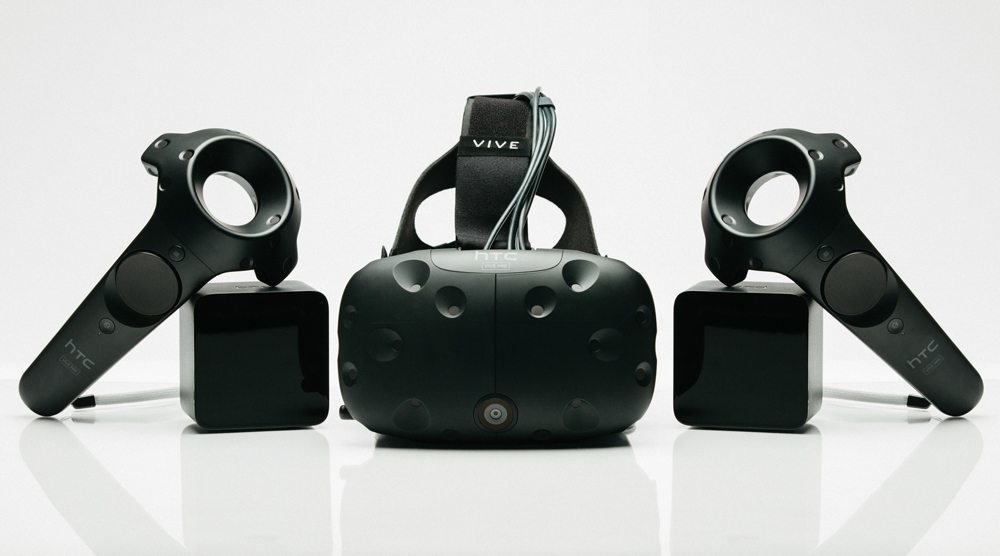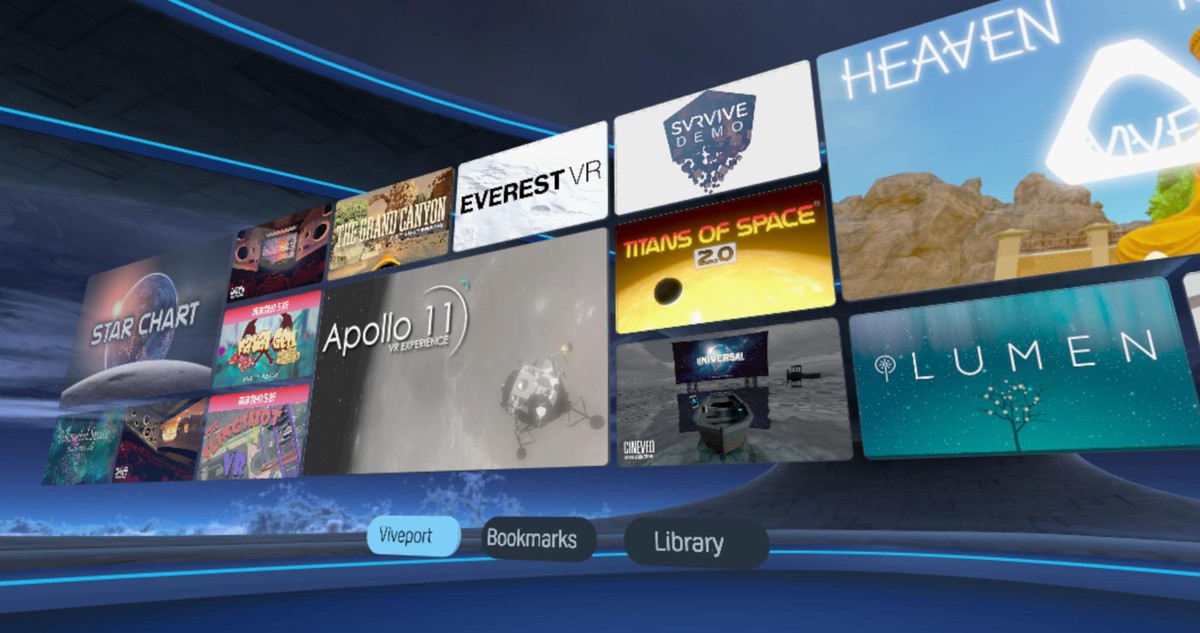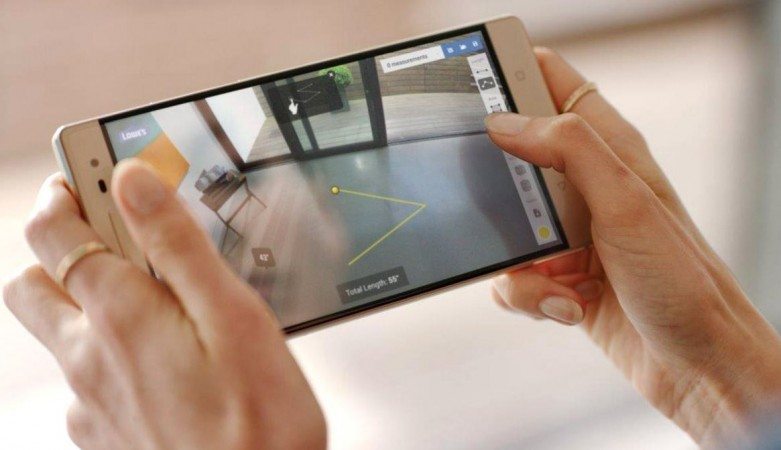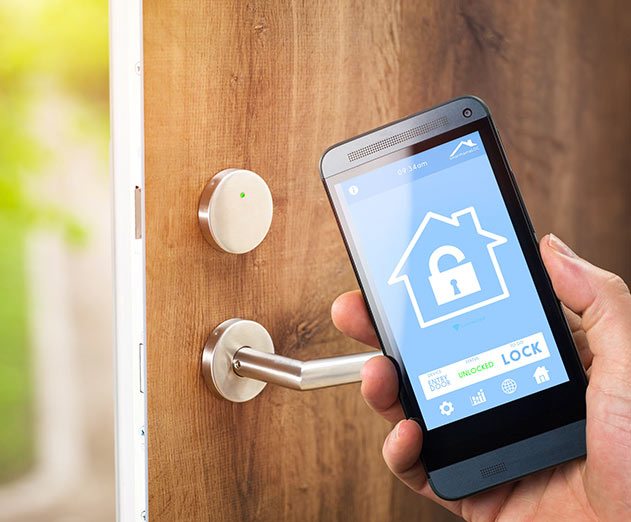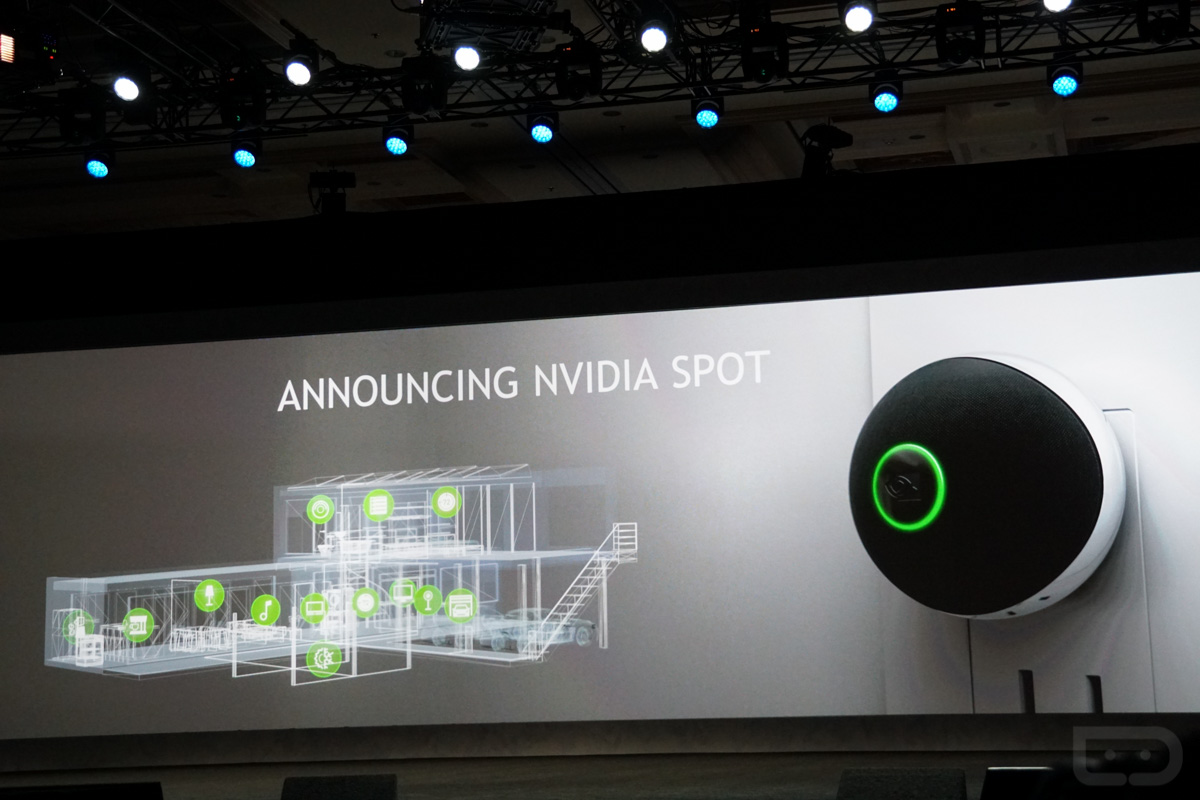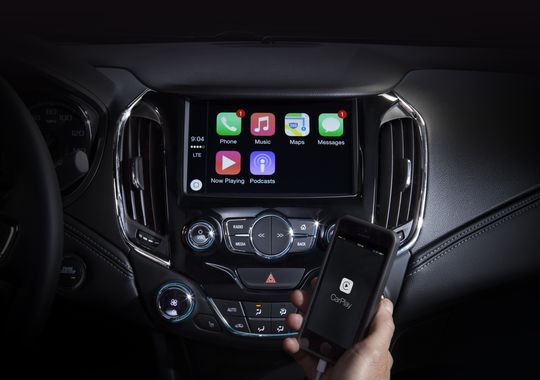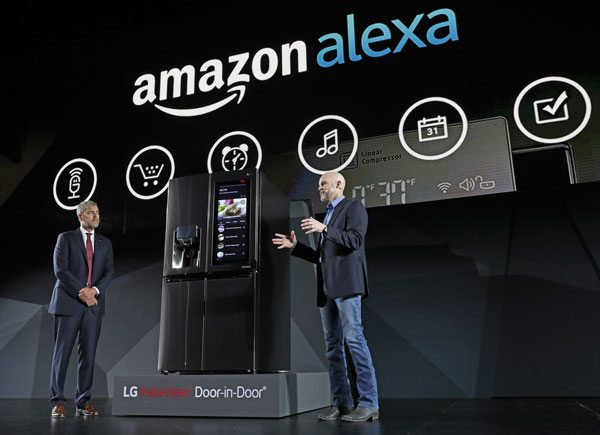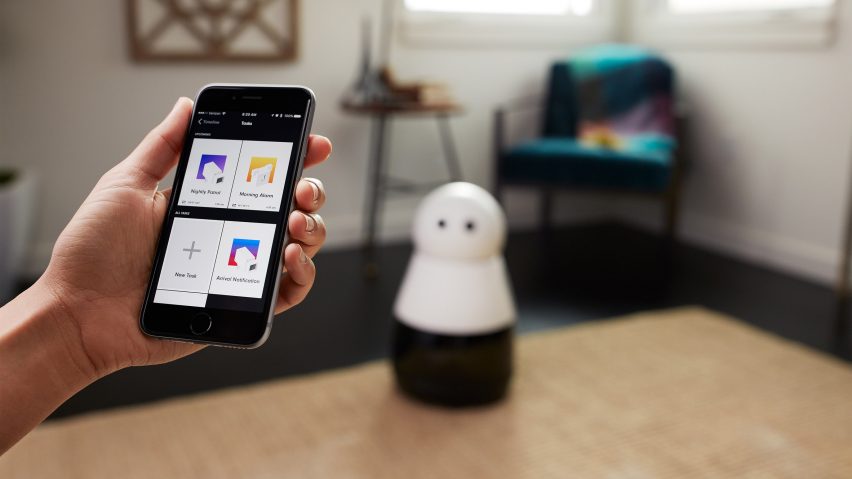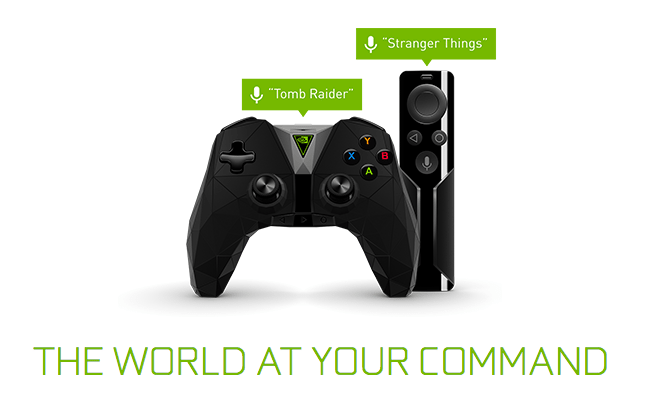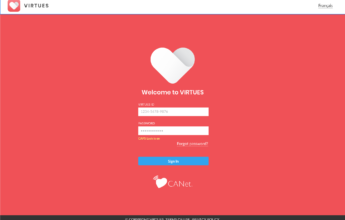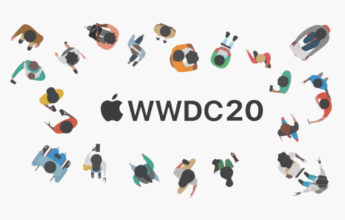The Consumer Electronic Show (CES) is the ultimate gathering for innovation where numerous companies come from around the world to show off new products and discuss the latest technology trends. These companies are setting new standards and driving user expectations even higher than they already are.
This year, there were a lot of highly functional innovations rather than gimmicky upgrades and add-ons. Many companies brought genuine innovation that we haven’t yet seen, such as electric self-driving supercars and underwater drones. However, CES had much more to offer in terms of the app space with products ranging from AR equipped smartphones to fully smart kitchens. Here are our top highlights from CES 2017 that will impact the app space in a powerful way:
Virtual Reality Becoming Wireless
Beginning with the pinnacle of innovation, it’s safe to say that virtual reality (VR) will be mainstream in 2017. The amount of VR technologies at CES was overwhelming, however HTC was one company that particularly stood out in the sea of VR demos.
HTC Vive introduced two new accessories and new services that will lay the foundation of the VR ecosystem for years to come. Available in Q2 2017, the Vive Tracker and Vive Deluxe Audio Strap are all new accessories that will greatly enhance the Vive experience, taking immersion to a whole new level- wirelessly.
In addition, Viveport will be launching a subscription service as well as app stores for arcade and enterprise customers in early 2017, ensuring you’ll have many options to access the best content on Vive, claiming to be “the next Netflix for VR”. VR is becoming more accessible and comfortable, but now creators need to add a great deal of intrinsic value to keep consumers interested.
Augmented Reality Coming to More Devices
VR was definitely a show stealer at CES, which was indicative by the floor space it dominated, nonetheless, augmented reality was also a huge topic of interest. AR is in its very early days, but it’s easy to guess that it’s going to be even bigger than VR in terms of both accessibility and affordability. The Asus Zenfone AR is the first manageably sized smartphone to be able to run both Google’s Daydream VR and Tango AR systems. It has a sharp camera, a high-res screen, and a fast Qualcomm Snapdragon 821 processor. Although Asus doesn’t intend to sell a lot of devices in North America, this device still shows where Google is headed with both AR and VR.
It appears mainstream AR is coming much sooner than originally anticipated. For mobile development, this means a whole new set of mobile AR apps will need to be built for a variety of everyday activities.
Artificial Intelligence & Machine Learning For the Home
While we’re just beginning to see mainstream Artificial Intelligence (AI) in our homes, cars, and smartphones, the demos at CES showed that AI will definitely advance in the near future. It seems that many companies are trying to integrate AI and Machine Learning (ML) into everyday devices, from inside the home as well as outside.
AI has been integrated in anything from thermostats to beds, but where it has really made an impact is with e-commerce. It’s beginning to blur the lines between physical shopping and digital experiences. Amazon Go has significantly impacted the digital shopping experience this year and now the Echo is driving this advancement. Vendors at the show unveiled countless AI enabled devices much like the Echo, which suggests that consumers now are very interested in voice recognition and automated assistants to enhance their shopping experiences. This is just the beginning for AI e-commerce as more companies are investing in smart technology across various channels.
Amazon’s Alexa was integrated into countless devices displayed at CES. Alexa has popped up everywhere and the past week has proven that companies are realizing the value of AI. Even Amazon seems surprised by how many manufacturers are taking advantage of Alexa’s voice services by the number of devices revealed at the show.
What’s more interesting than in-home smart devices is Alexa’s shift outside the home. Amazon’s approach to AI has been the inverse of Apple’s and Google’s. Siri and Google started on mobile, then came to home products. Contrarily, Alexa is becoming more mobile as she ventures outside the home and offers on-the-go services. Apple’s CarPlay and Android Auto have brought more futuristic and intuitive interfaces to cars over the past couple of years and now Alexa is joining in. Volkswagen and Hyundai are manufacturers that have already integrated Alexa in the dashboard of their vehicles, and there are likely a lot more to come.
LG also introduced a variety of smart products under the brand name of SmartThinQ that are also Alexa-enabled. These devices will know the user perhaps more than the user is aware. For example, washers that would add rinse cycles if they detected additional dust or air conditioners that adjust for daily behavioral patterns of the user.
Smart refrigerators, such as the LG Smart InstaView Refrigerator, will also adjust for lifestyle patterns to let you know, for example, if a leftover takeout container has expired. The LG smart fridge also includes a full HD 29-inch display for users to write notes on, look up recipes, stream music, and take a look at what’s inside the fridge. It’s no surprise that it also uses Amazon’s Alexa voice assistant.
And of course, we can’t forget about Kuri, a little robot designed for the home that captured the attention of CES attendees. The robot is the first product from Mayfield Robotics, fully owned and funded by Bosch. Kuri responds to voice input and in this way is similar to Google Home and Amazon Echo. It was built to be a companion and an assistant, housing a processor to handle voice and image recognition processing.
This is the kind of predictive intelligence that all of the big tech companies are quickly trying to master, winning over customers everywhere. Since so many products have adopted Alexa, Amazon’s AI is prominently standing out for both inside the home as well as out in the mobile world.
More Choice for TV & Media
Also at CES, Dish officially unveiled its streaming box, which may be one of the best options for cord-cutters. Many features are what you would expect in any Android TV-powered box with not only preloaded apps like Sling TV and Netflix but full access to the Google Play store. It’s not particularly impressive next to the Amazon Fire TV or Roku devices but it’s a good option for the less tech-savvy cord-cutter. This streaming device lets users access both live TV over the subscription service and OTA television with an antenna, along with Netflix queue on the same screen.
Another show stealer in the TV department was LG’s new high-spec Signature OLED W7, which the company described as the “lightest, thinnest and more beautiful TV on the planet”. It runs on a new version of LG’s custom TV software, webOS 3.5. Sony also showcased its new OLED TV, which has an interesting way of producing sound. Instead of speakers or a soundbar, which is typically how slim TVs provide sound, the AE1 vibrates the TV panel to produce sound, coming directly from the screen.
Additionally, Samsung launched its new class of QLED TVs. There are three new high-end sets coming this year, including the flat Samsung Q9F, curved q8C, and the Q7. These will be among the most anticipated new TVs of 2017, transforming the entertainment experience as a whole.
Another interesting reveal came from Nvidia, which updated its Android-powered Shield TV box with a number of new features. The Shield boasts 4K HDR capabilities and also comes with built-in Google Assistance, complete with voice-based music control and a video playback functionality.
Source: Nvidia
Smart, Connected, & Wireless
A consistent theme throughout CES 2017 was that everything is now smart, connected, and wireless. Televisions, refrigerators, lights, sensors, and more, are all talking to one another with no signs of slowing in the future. It appears that the internet of things (IoT) will soon be everywhere and in every device, operating from the palm of your hand.
This means that almost everything in our lives – from utility to entertainment – is on the verge of being an internet-enabled device. This year, CES proved that there will be a whole new world of app development emerging in the years to come.
The Year of Refinement
With all of these smart, connected, and wireless devices, we’ll begin to see a lot more refinement and unity between products. These unveilings provide both companies and consumers with opportunity and anticipation, however, if these products don’t add significant value soon, consumers will move on. While these products offer an initial wow factor, the products need to become relevant for consumers to enter the mainstream market.


